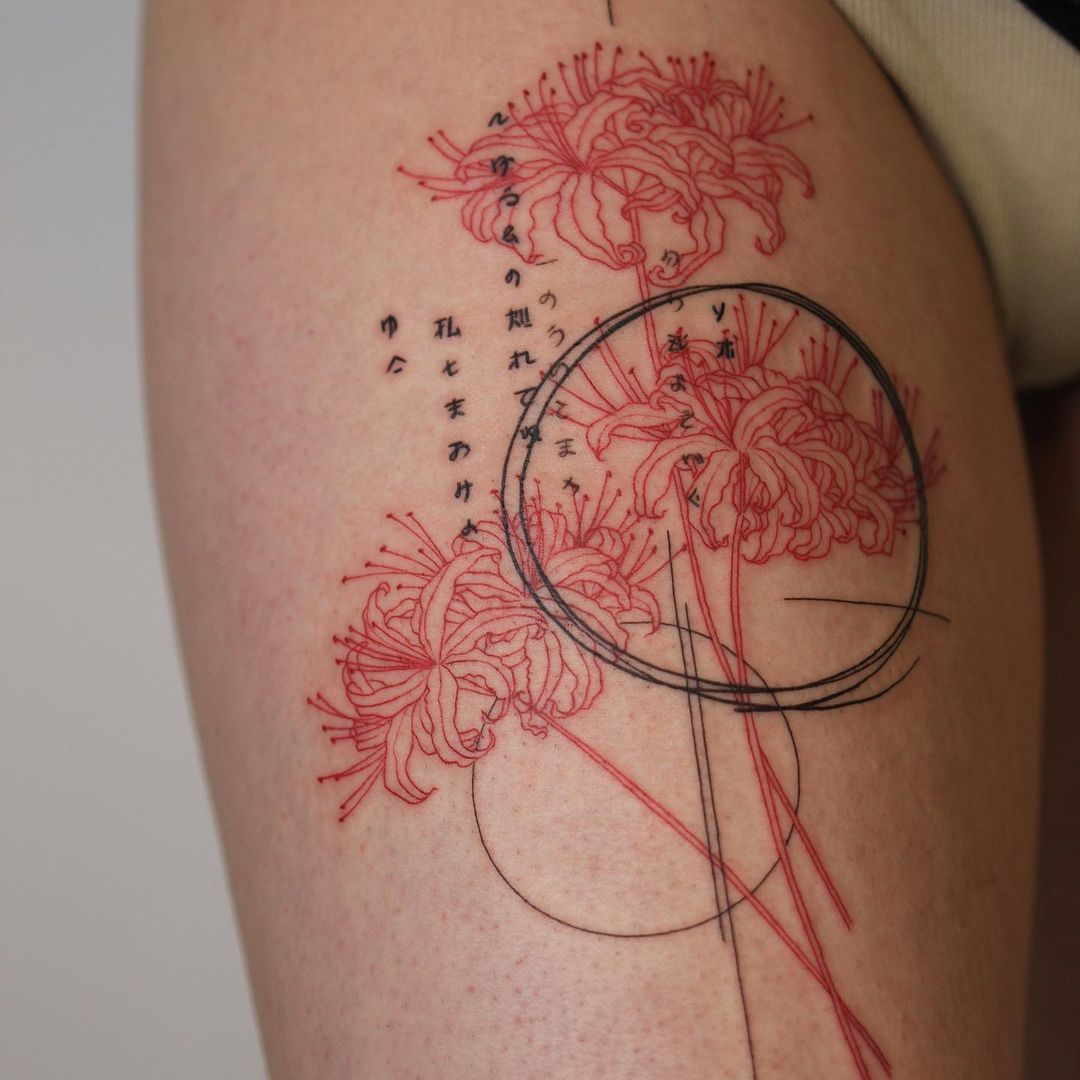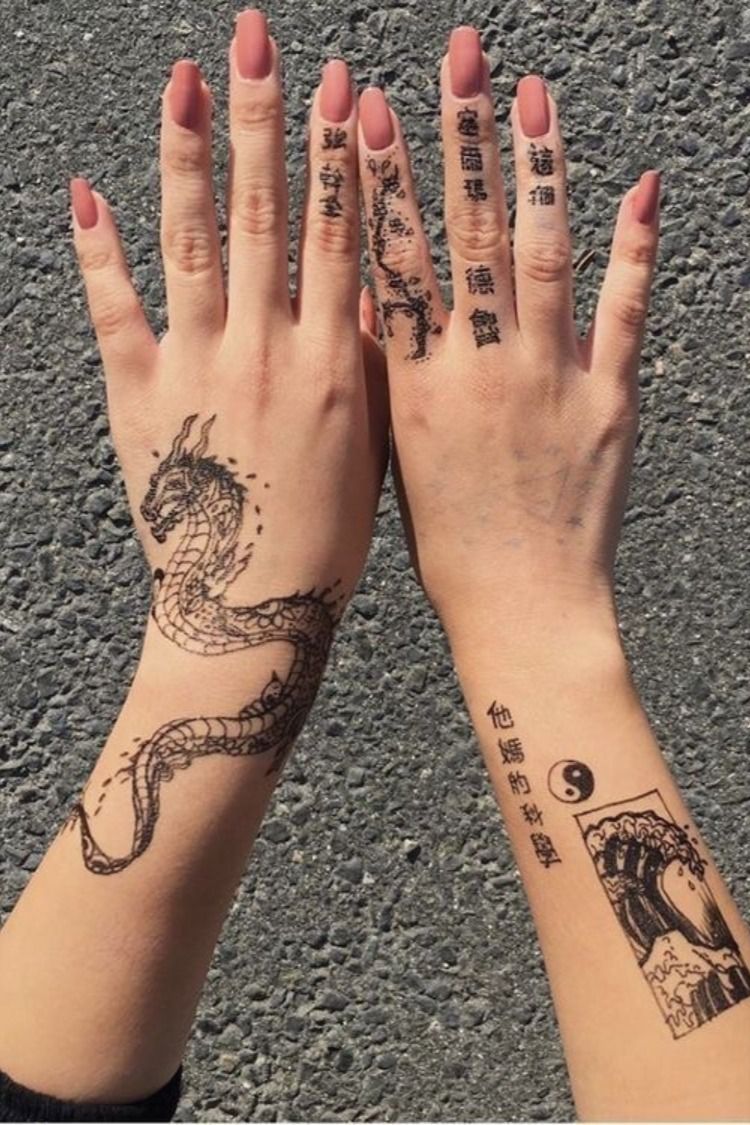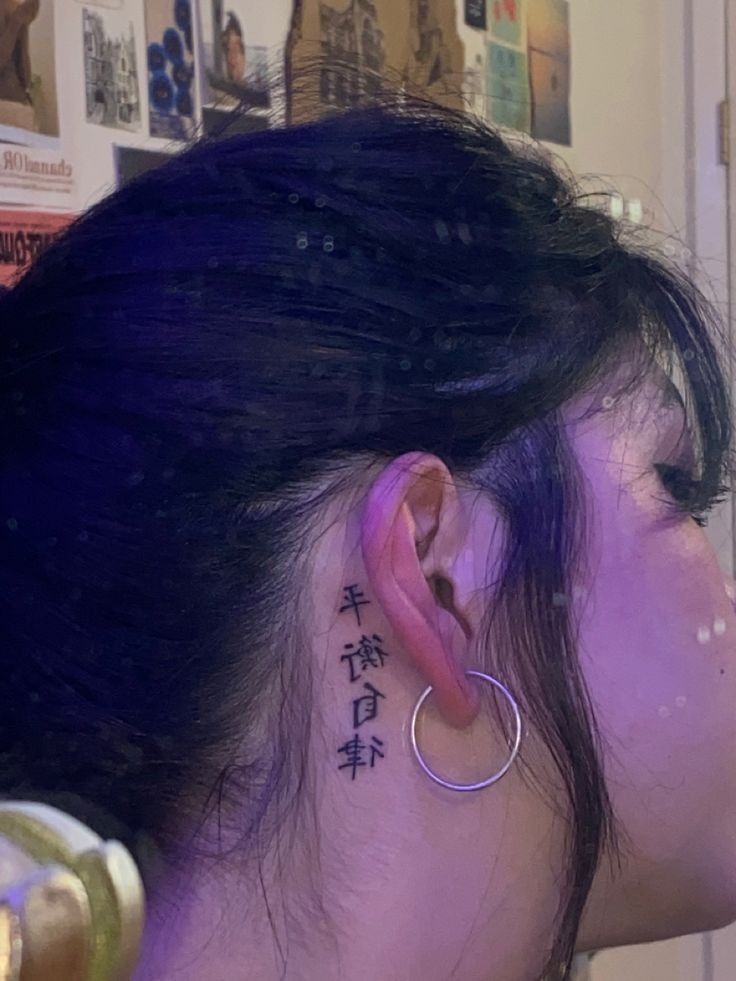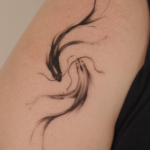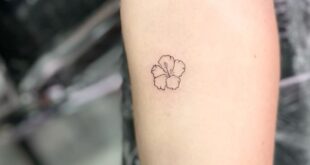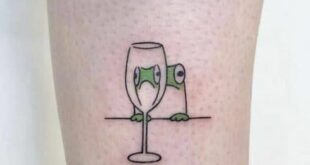Tattoos have a long and rich history in Japan, with the art form dating back thousands of years. Traditional Japanese tattoos, also known as irezumi, have deep cultural significance and are considered a form of art rather than just a body modification.
The practice of tattooing in Japan has its roots in the Edo period, where tattoos were used as a form of punishment for criminals. However, over time, tattoos became associated with the Yakuza, the Japanese mafia, who used them as a way to display their allegiance to their clan and their courage in battle.
Despite the negative connotations that tattoos once had in Japan, they have since become more widely accepted as a form of self-expression and art. Traditional Japanese tattoos often feature intricate designs that are inspired by nature, mythology, and folklore.
One of the most iconic motifs in Japanese tattooing is the koi fish, which symbolizes perseverance and overcoming adversity. Other popular symbols include dragons, tigers, and cherry blossoms, each with their own meanings and significance.
Japanese tattoo artists are highly skilled and undergo years of training to master the intricate techniques required to create these elaborate designs. The process of getting a traditional Japanese tattoo is a painstaking one, with sessions lasting several hours or even days, depending on the size and complexity of the design.
In recent years, Japanese tattooing has gained global popularity, with many people traveling to Japan specifically to get a traditional irezumi tattoo. However, it’s important to note that there are still some places in Japan where tattoos are heavily stigmatized, such as public baths and hot springs, where people with tattoos are often not allowed entry.
Overall, Japanese tattoos are a beautiful and meaningful form of art that has a rich cultural history. Whether you’re looking to get your first tattoo or add to your existing collection, a traditional Japanese tattoo is sure to make a unique and striking statement.
 innstyled Tattoo Ideas
innstyled Tattoo Ideas
